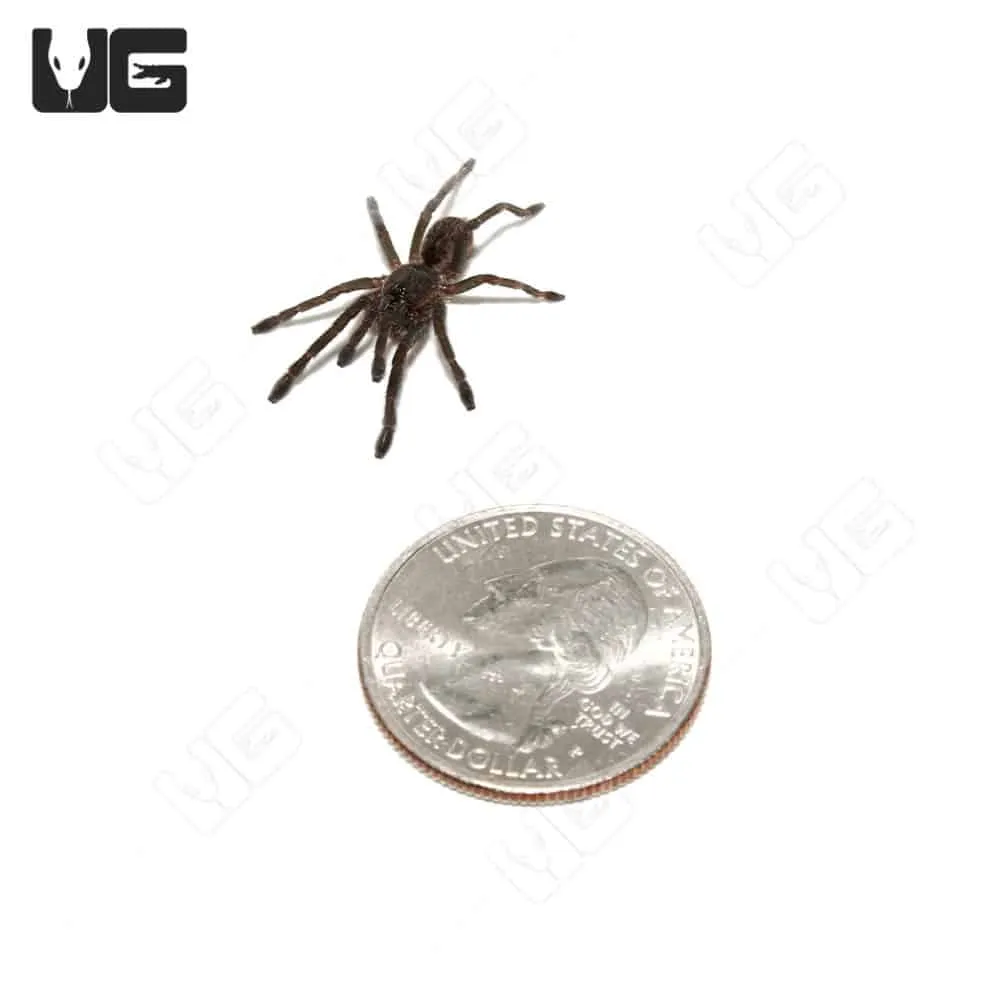What is a Blue Femur Tarantula
The Blue Femur Tarantula, scientifically known as Chromatopelma cyaneopubescens, is a captivating and vibrant species of tarantula that has gained popularity among arachnid enthusiasts. Native to the dry coastal regions of northern Venezuela, this stunning spider is renowned for its striking coloration and relatively docile temperament, making it a favorite among experienced and novice keepers alike. They are known for their intricate web-spinning abilities and their ability to create elaborate homes, which adds to their appeal. Their beautiful blue and orange hues make them stand out. They are a treat to observe.
Appearance and Characteristics
The Blue Femur Tarantula is immediately recognizable by its distinctive appearance. The carapace, or the top part of its body, is a deep bronze or orange color, while the legs showcase a vibrant blue coloration, particularly the femora (thighs), hence the name. The abdomen is typically a dark color, often with reddish hairs. The contrast of colors makes them very beautiful. They can grow to a considerable size, with a leg span that can reach up to 6 inches. They are known for being a fairly active species, often seen moving around their enclosures, adding to their appeal to hobbyists.
Habitat and Natural Environment
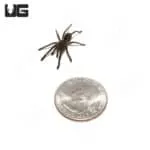
In their natural habitat, Blue Femur Tarantulas inhabit dry, scrubby coastal areas. They are terrestrial spiders, meaning they live primarily on the ground, and often build webs in and around low vegetation and crevices. Their natural environment plays a crucial role in understanding their needs in captivity. They are adapted to survive in regions with high temperatures. Replicating their natural environment as closely as possible is crucial for their health and well-being. They do well in terrariums, but need to be set up correctly to provide them the optimal environment.
Top 5 Care Tips for Blue Femur Tarantulas
Caring for a Blue Femur Tarantula can be a rewarding experience, but it requires attention to detail. Providing the right environment, feeding them appropriately, and understanding their needs are essential to ensure they thrive. This guide provides five key tips that are critical for the well-being of your tarantula. With proper care, these spiders can live for many years, bringing you joy and fascination. Proper care ensures a happy and healthy tarantula.
Enclosure Setup
The enclosure setup is one of the most critical aspects of Blue Femur Tarantula care. It’s not just about providing a space; it is about replicating their natural habitat as closely as possible. A well-designed enclosure promotes the spider’s physical and psychological well-being, encouraging natural behaviors and minimizing stress. Careful consideration of the enclosure setup can significantly impact your tarantula’s health and longevity.
Size and Type of Enclosure
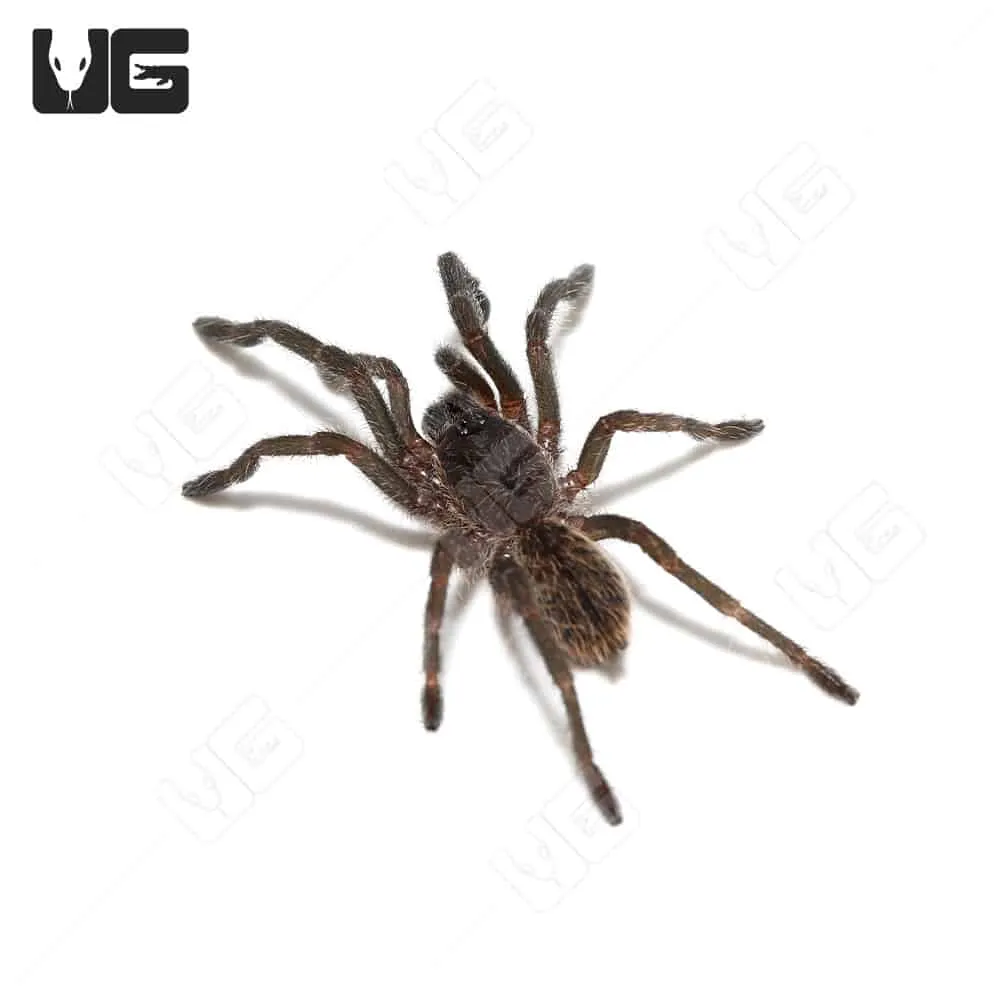
A suitable enclosure should be appropriately sized, offering enough space for the tarantula to move around, web, and feel secure. A 10-gallon tank is generally sufficient for juveniles, while adults will need larger enclosures, ideally 20 gallons or more. The enclosure should be escape-proof, with a secure lid. The type of enclosure can vary; glass terrariums are popular due to their visibility, while plastic enclosures can also be used. Make sure it’s well ventilated, so it can remain in tip-top shape. Good ventilation is important.
Substrate Selection
The substrate is the bottom layer of the enclosure and serves multiple purposes, including moisture regulation, providing a surface for web-building, and allowing the tarantula to burrow or hide. A mixture of substrate types is usually best, such as coconut fiber, peat moss, and a bit of vermiculite. These materials help retain moisture and maintain humidity. The substrate should be at least 4-6 inches deep to allow for burrowing. Make sure to avoid substrates that could be harmful to your tarantula. Consider adding a hide, such as a piece of cork bark, to give your tarantula a place to feel secure and to retreat to.
Temperature and Humidity Control
Maintaining the correct temperature and humidity levels is critical for the Blue Femur Tarantula’s health. The temperature and humidity requirements directly affect the spider’s metabolism, molting process, and overall comfort. Consistent environmental parameters are vital for optimal health. Improper temperature or humidity can lead to health problems, such as difficulties with molting or dehydration.
Ideal Temperature Range
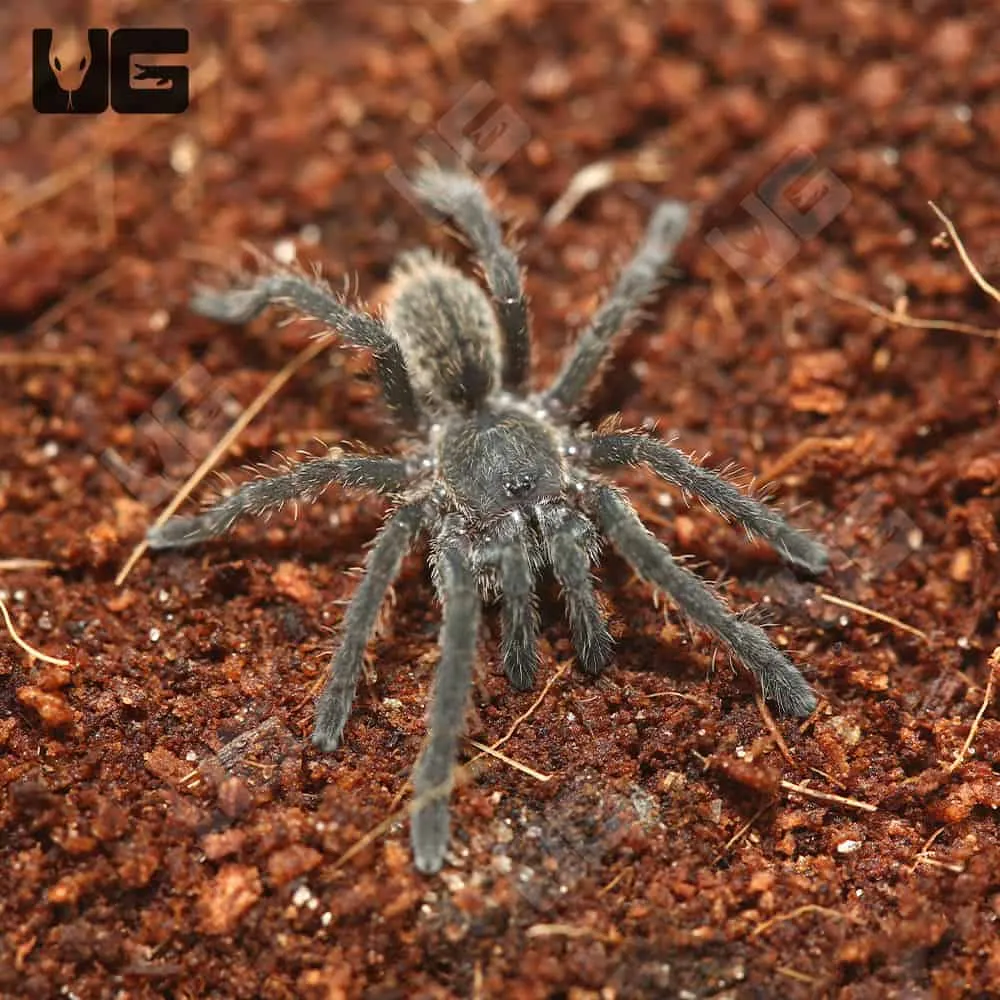
The ideal temperature range for Blue Femur Tarantulas is between 75°F and 85°F (24°C to 29°C). A temperature gradient can be beneficial, with a slightly warmer area on one side of the enclosure. Use a heat mat or a low-wattage heat lamp to maintain the temperature. Ensure the heat source does not directly contact the substrate. Monitor the temperature with a thermometer to ensure it stays within the appropriate range. Avoid extreme temperature fluctuations as these can stress the tarantula. Keep it consistent.
Maintaining Humidity Levels
Humidity is essential for the tarantula’s well-being, particularly during the molting process. Aim to maintain a humidity level of 60-70%. This can be achieved by lightly misting the enclosure with dechlorinated water every few days, but avoid over-misting, which can lead to mold growth. Proper ventilation in the enclosure is critical to prevent mold and maintain the right humidity. A hygrometer can be used to monitor the humidity levels, ensuring they are within the optimal range.
Feeding and Diet
Proper nutrition is vital for the Blue Femur Tarantula’s growth, health, and longevity. A well-balanced diet that provides essential nutrients will ensure the tarantula can thrive. Understanding the feeding habits, the appropriate food types, and the correct feeding frequency are essential aspects of tarantula care.
Food Types and Frequency
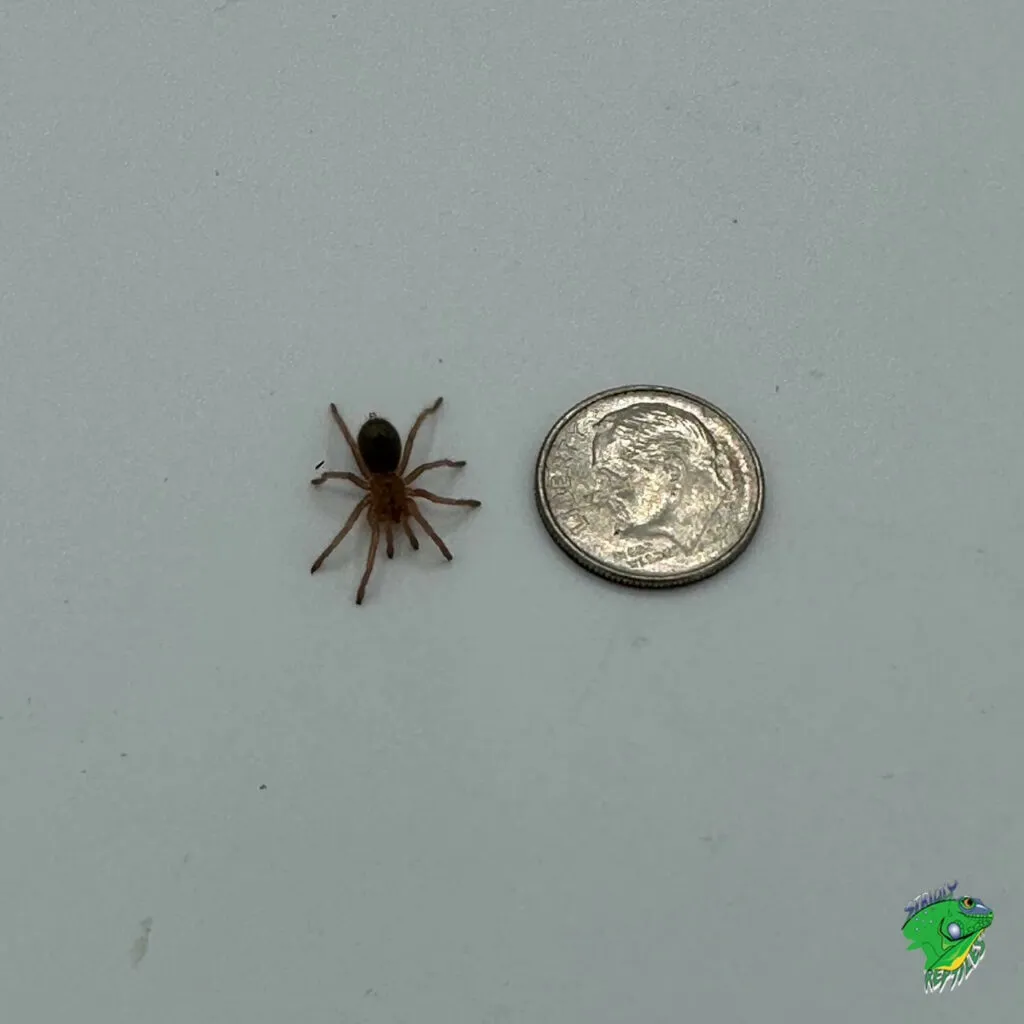
Blue Femur Tarantulas are primarily insectivores, meaning they feed on insects. Crickets, mealworms, and roaches are suitable food choices. The size of the insects should be appropriate for the size of the tarantula; the prey should generally be no larger than the tarantula’s body. Feed juveniles 2-3 times a week, and adults can be fed once a week or every other week. Always remove uneaten prey within 24 hours to prevent stress on the tarantula and maintain a clean enclosure. Dust the insects with a calcium and vitamin supplement to improve their diet.
Watering and Hydration
Providing fresh, clean water is essential. Use a shallow water dish that is easy to access and can’t drown in. The water dish should be shallow enough to prevent drowning but large enough for the tarantula to drink. Regularly check and refill the water dish to ensure fresh water is always available. You can also mist the enclosure lightly, as mentioned before, to give them another way to hydrate. Providing proper hydration is key to your tarantula’s health and well-being.
Handling and Safety
While Blue Femur Tarantulas are generally considered to have a docile temperament, caution is always warranted when handling them. Their bite can be painful, and handling them can also stress them. Knowing and following safe handling practices can help minimize risks. Handling should be kept to a minimum and only done when necessary, such as for enclosure maintenance or health checks.
Safe Handling Practices
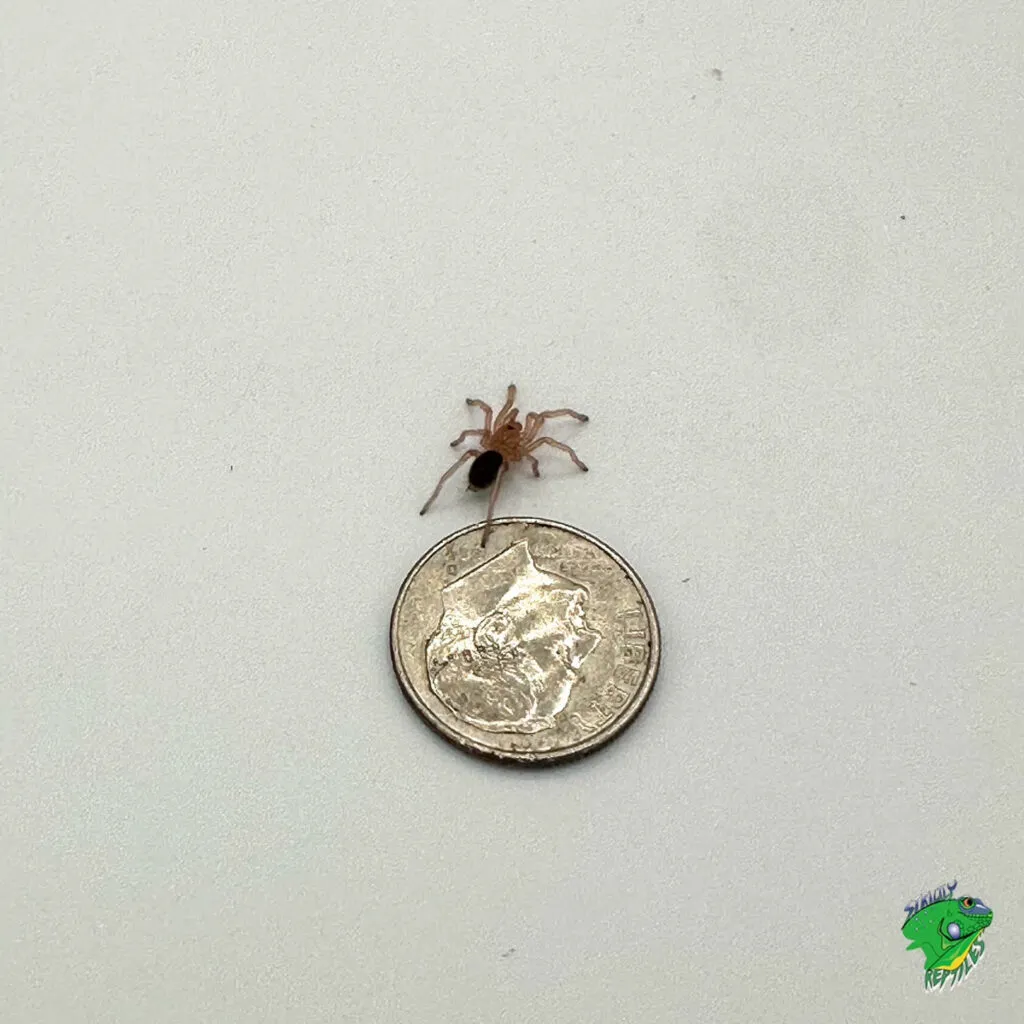
If handling is necessary, do so with caution and always sit or stand close to the ground to minimize the distance of a fall. Gently coax the tarantula onto your hand, avoiding sudden movements that could startle it. Allow the tarantula to move at its own pace. Avoid holding the tarantula for extended periods. Wash your hands thoroughly before and after handling to prevent contamination and exposure to any potential irritants. Observe the tarantula’s behavior; if it appears stressed or defensive, put it back in its enclosure. Never try to handle a tarantula if you are unsure.
Recognizing and Avoiding Bites
While Blue Femur Tarantulas are not typically aggressive, they can bite if they feel threatened. Recognizing the signs of stress, such as raising their front legs or flicking hairs, can help avoid a bite. Avoid making sudden movements near the tarantula, and never try to grab or corner them. If a bite occurs, it may be painful, but it is generally not life-threatening. However, it’s essential to seek medical advice if you experience severe symptoms or an allergic reaction. Always be cautious and respect the tarantula’s space to minimize the risk of a bite.
Health and Common Issues
Even with excellent care, Blue Femur Tarantulas can be susceptible to certain health issues. Understanding the common problems and knowing how to recognize and address them is crucial for maintaining a healthy tarantula. Regular observation of your tarantula’s behavior and appearance can help you spot any potential issues early on. Keeping a close eye on your tarantula can help with long term health. Being prepared is very important.
Moulting Process and Care
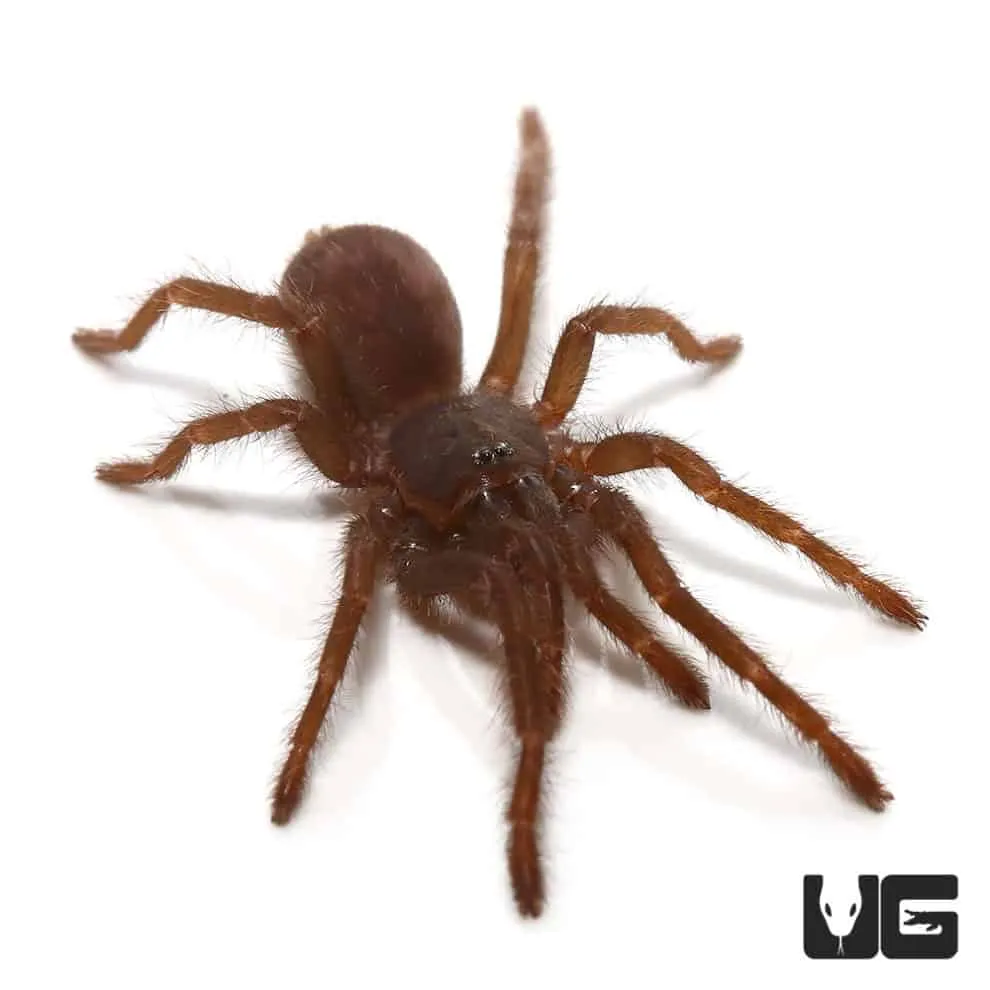
Moulting is a natural process in which tarantulas shed their exoskeleton to grow. During this time, the tarantula is vulnerable. Before moulting, the tarantula may become inactive, lose its appetite, and spend a lot of time on its back. Provide a humid environment, and avoid disturbing the tarantula during the molting process. Do not feed the tarantula until its fangs have hardened after the molt, which can take a few days. Provide the tarantula with a shallow dish of water to help it hydrate.
Identifying and Treating Diseases
While Blue Femur Tarantulas are generally hardy, they can suffer from certain diseases. Some common issues include mites, fungal infections, and parasitic infestations. Symptoms may include lethargy, loss of appetite, discoloration, or unusual behavior. If you suspect your tarantula is ill, quarantine it and consult with an experienced tarantula keeper or a veterinarian specializing in exotic animals. Maintain a clean and hygienic enclosure to help prevent diseases. Early detection and treatment are critical for a successful outcome.
Conclusion
Caring for a Blue Femur Tarantula can be a highly rewarding experience. By providing the right environment, feeding them a proper diet, and understanding their needs, you can ensure your tarantula thrives. The key takeaways from this guide are to maintain the correct temperature, humidity, a safe enclosure, a good diet, and practice safe handling. Regular observation and proactive care will ensure your Blue Femur Tarantula remains a beautiful and fascinating addition to your home. Following the care tips provided will allow you to enjoy the company of these magnificent creatures for many years to come. Happy keeping!
